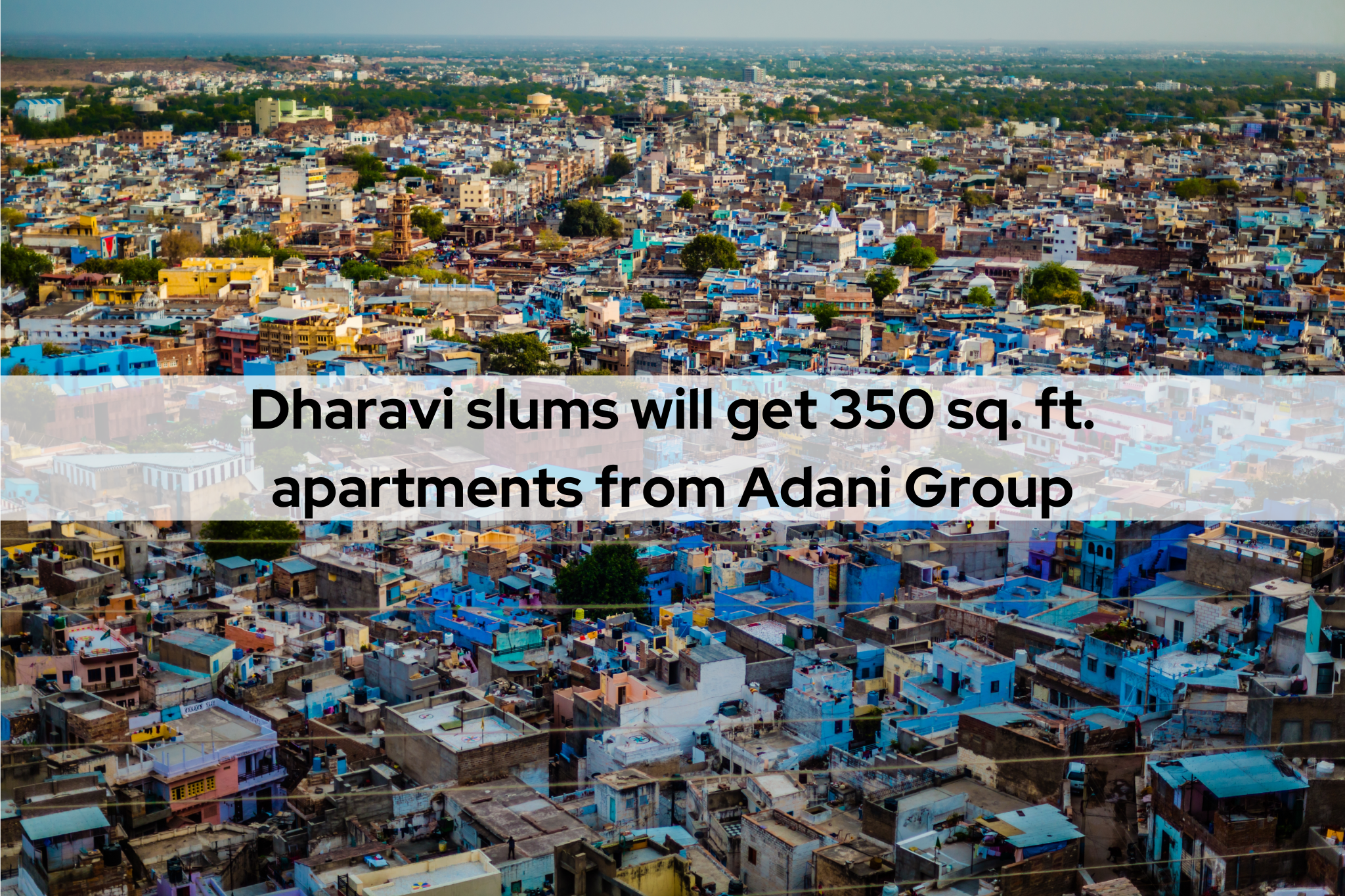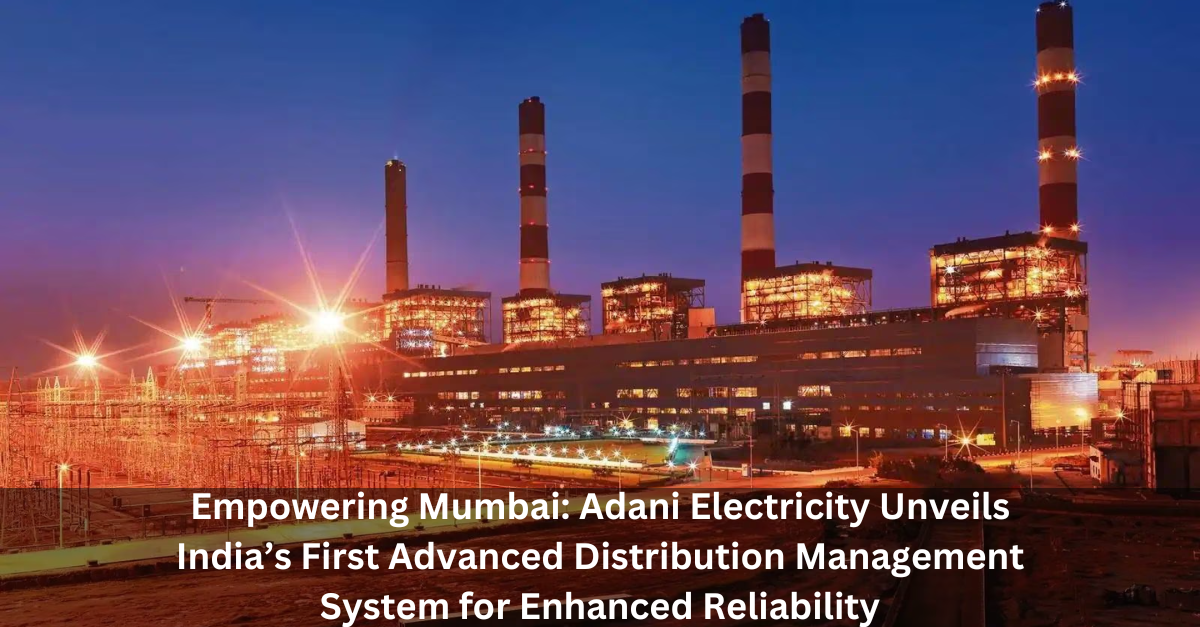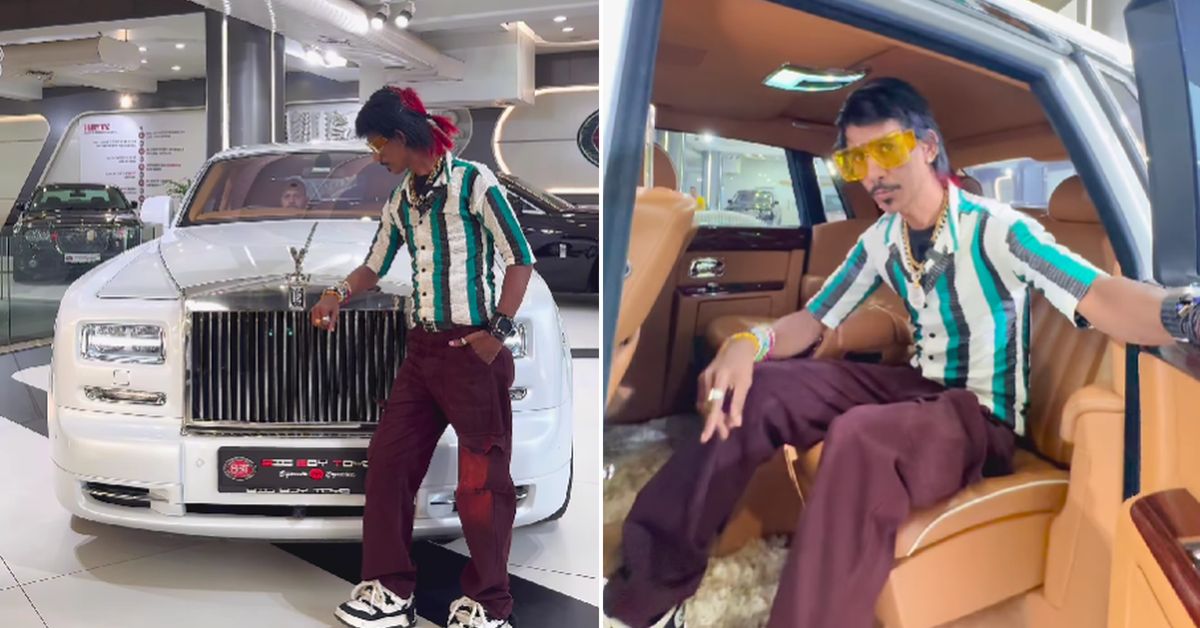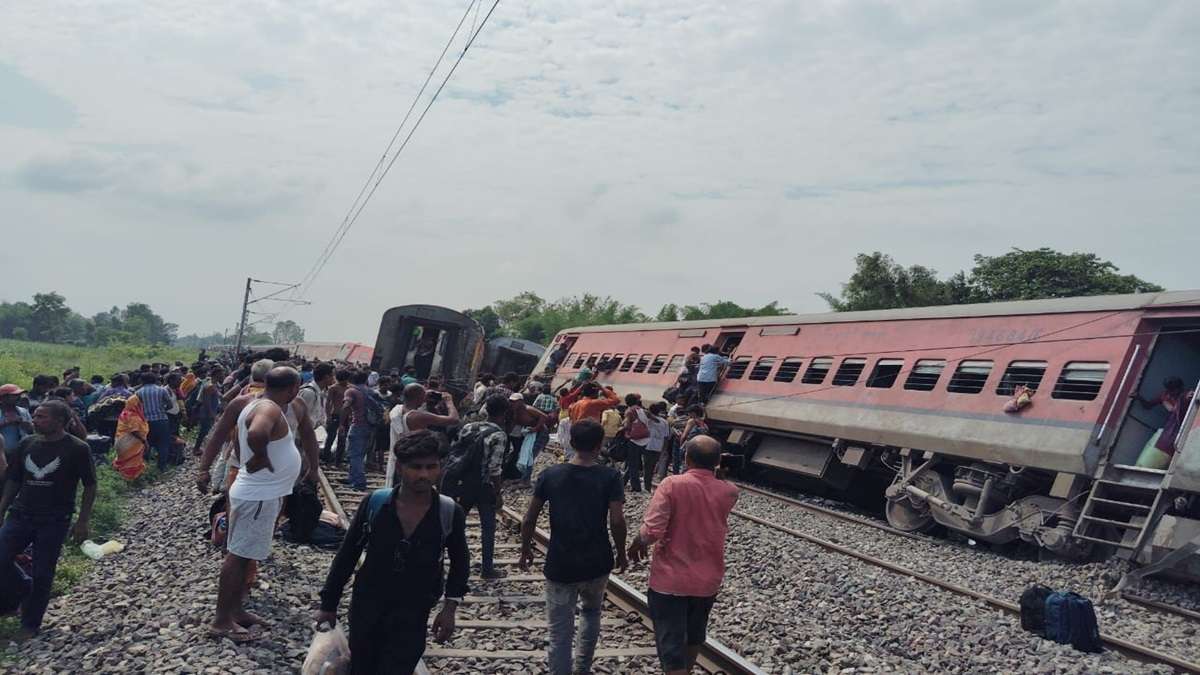
New 350 sq ft apartments will be provided to qualified inhabitants of the Dharavi slum clusters by the Adani Group. The Adani Group, working with the Maharashtra government to renovate slums in Adani Dharavi, highlighted on January 16’24 that the apartments are “17 per cent more” spacious than what is usually supplied in such projects.
A significant advance over the previous housing arrangement for residents in informal settlements, which measured 269 sq. ft., the following apartments will have necessary utilities like a kitchen and toilet. The state government began allocating dwellings with floor plans ranging from 315 to 322 square feet for these individuals in 2018.
The renovated region will have childcare facilities, public gardens, recreational areas, community halls, and enhanced housing. On January 1, 2000, the resident eligibility requirements were established.
The planned affordable rental housing policy will be able to accommodate those who are determined to be “ineligible” by following the rules set out by the state government. The Adani Group and the government of Maharashtra formed a joint venture to construct the Dharavi Redevelopment Project, which functions as a special-purpose company. The contract to renovate the biggest slum clusters in Asia was awarded to the firm in November 2022.
The Dharavi Redevelopment Project (DRP), worth ₹5,000 crores, was awarded last year by the Adani Group.
A New Paradigm in Urban Planning: Planning with Dignity
As a part of the Adani Dharavi redevelopment project, Adani Group is reimagining what it means to be an urban planner, going way beyond merely constructing houses. The flats, which are 350 square feet, improve the overcrowded conditions often associated with slum housing. The construction of each apartment contributes to the larger goal of giving people a place to live that is more than simply a place to sleep.
An emphasis on human dignity is at the heart of this new approach to city planning. The Adani Group is helping to build a community where people may flourish by recognizing the need for bigger houses, encouraging a feeling of pride and ownership among inhabitants. This transition is about more than simply physical space; it represents a mental shift that rejects prejudice and recognizes the value in every person.
Comprehensive Growth
Constructing well-designed buildings is only the beginning of the Adani Group’s dedication. Community spaces, green places, and infrastructure catering to the population’s different requirements are all part of the program, which emphasizes holistic development as important for any community’s upliftment.
A feeling of community and belonging may be encouraged in these community-focused areas. Houses are not separate entities but rather threads in a broader social fabric, and the holistic approach to development recognizes this by including places for children to play and places to gather as a community.
Dealing with the Economic and Social Gap
Adani Dharavi remains a bustling center of commerce. Many small-scale companies and enterprises run within its borders, a boon to Mumbai’s economy. Recognizing this economic vitality, the Adani Group’s project seeks to harness it for the advantage of the locals.
In addition to more room to live, the project plans to provide opportunities for micro-entrepreneurship, vocational training, and skill development programs. By leveling the economic playing field, the Adani Group hopes to build a self-sufficient town where everyone can enjoy a high standard of living and positively impact the economy as a whole.
Eco-Friendly Lifestyle: A View from the Ground Up
The necessity for eco-friendly lifestyle choices is growing in direct correlation to the development of urbanization. In its venture into Dharavi, the Adani Group has used environmentally friendly and sustainable construction methods. There will be less need for artificial lighting in these flats because of their layout, which makes the most of natural light and air circulation. Furthermore, eco-friendly procedures are used throughout the building process.
There is a worldwide trend towards sustainable urban development, and this strategy fits in with that. It helps achieve the overarching objective of building resilient, ecologically conscious cities and guarantees that the people of Dharavi have access to decent housing.
Conclusion
Dharavi redevelopment project is more than simply a real estate project. It has a larger goal of improving the living conditions of the area. Now that Dharavi’s 350 sq. ft. flats are taking form, it represents an idealized picture of city life in the future, one in which people of all income levels may thrive.
The Adani Group’s endeavor is an inspiration as an example of the life-altering potential of well-planned cities and CSR projects. It shows that even in the most difficult metropolitan environments, a more just and equal future is still attainable, thereby challenging the current quo.
To sum up, the commitment of the Adani Group to giving 350 sq. ft. flats to the inhabitants of Adani Dharavi is an audacious move towards changing lives and the story of urban poverty. This project is an excellent example of how corporations can make a difference when they put the needs of the communities they serve above their own and taking a more comprehensive view of development. The world is watching with bated breath as the construction continues, hoping this project might set a precedent for similar urban revitalization endeavors and bring about change, one house at a time.








